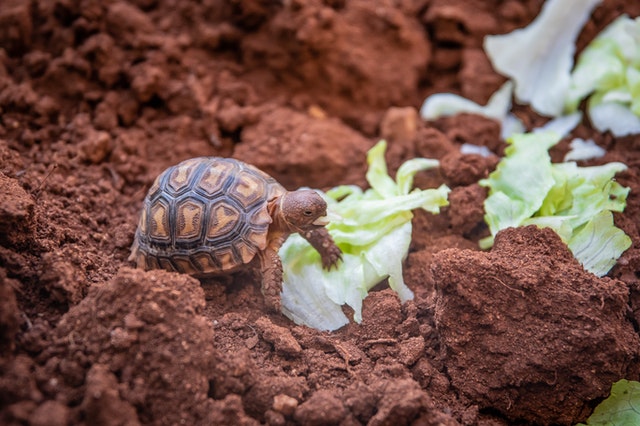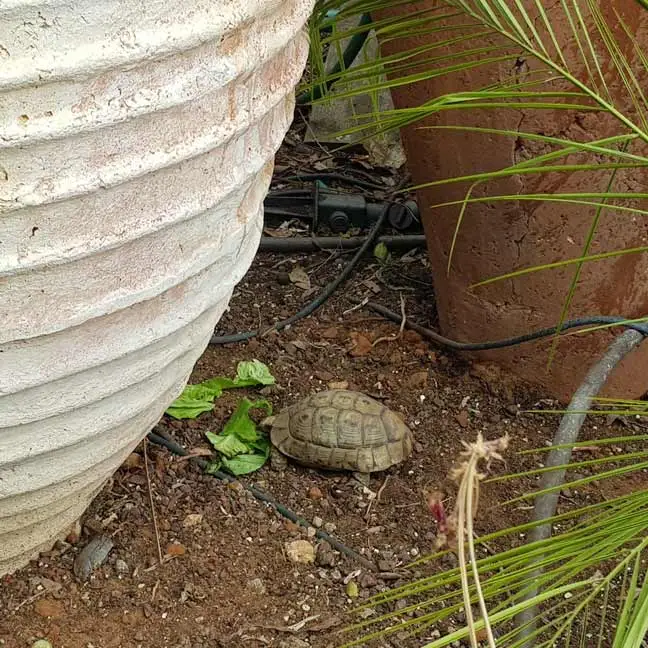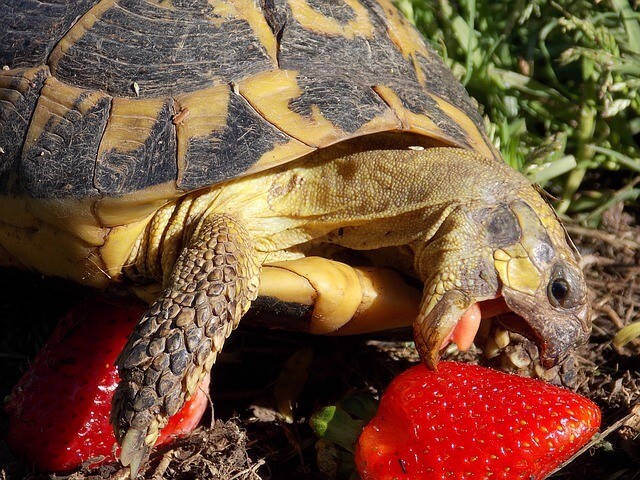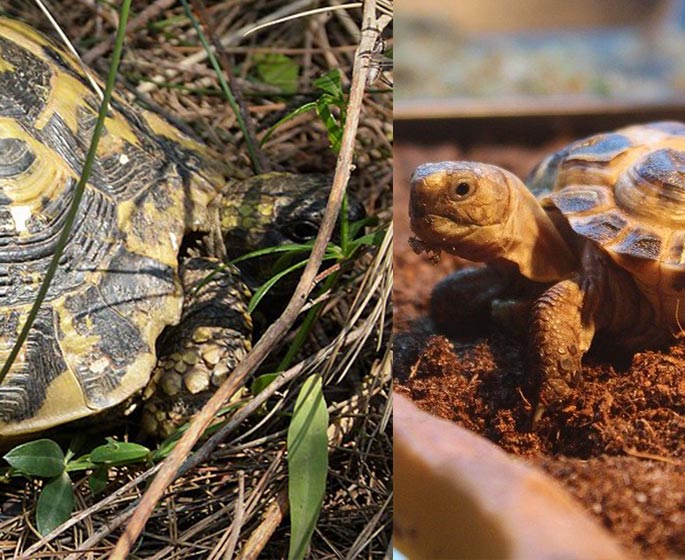Tortoise eggs are the ultimate baby incubators: they must be kept warm and protected, they take weeks to hatch(8-12 weeks to be specific), and their babies are never that cute. Russian tortoises have a special bond with humans, as they live in harmony with the majority of our pets and are even considered “man’s closest relatives.” They are highly tolerant and seem to always have a smile on their face, even in the face of brutal Russian winters. Tortoises are a genus of reptiles native to the Americas and Eurasia. The majority of species are terrestrial. The name “tortoise” is derived from the Latin word tortus, meaning “turned,” alluding to the plastron, or jacket, that covers the shell of some species but not others.
Egg cracking to baby Russian tortoises has been an issue that many people have in their tortoise kits. The most common ones are eggs being broken while being incubated and the hatchling tortoises that are born with broken legs or clubbed legs. This can be a very difficult situation to deal with, and it can be very stressful on tortoises that survive.
how long do Russian tortoise eggs hatch
Russian Tortoise eggs should hatch in 8 to 12 weeks, it depends on the weather and environment. a fun fact to know is that if the temperature is low most of the Russian babies will be male, and if the temperature is high (warm weather) then most of the babies will be female.
What is egg cracking process
The egg cracking process is a common practice for Russian tortoises. It is said to be a means of making it safe for the tortoise to eat its own offspring. However, there are no scientific studies to support this theory. A Russian tortoise is a reptile that is native to Europe, ranging from Great Britain through the Russian Federation and into the European part of Asia. The species of tortoises that occurs in Russia are the gopher tortoise, which is found primarily in the sandy soil of the southeastern part of its range; the red-footed tortoise, which is found in the western part of its range and the Ambur tortoise, which is found in the south-central part of its range.
Russian tortoises are one of the most endangered species of tortoise in the world. Unfortunately, there is no legal commercial egg-cracking facilities in Russia. So, the way some breeders have to take care of their baby tortoises is to crack the eggs and then put the embryos in separate containers (called “ovipositors”) and then put the eggs back into the “tortoise” to continue development. This practice is unethical, cruel, and not recommended, but it is very common among tortoise breeders in Russia.
When hatchling turtles are born, they are known as leptoid tortoises. This means that their shells are soft, flexible, and easily deformable. As they grow, most tortoises begin to harden their shell. This process is known as egg cracking.
How to prepare for egg hatching?
Most people are not aware that Russian tortoises lay eggs, and the reproductive process is not as simple as it seems. After the female tortoise lays her eggs, the first thing that happens is that the female eats them. The reason for this is to be able to digest the food that is going to be provided for the baby tortoises when they hatch.
To prepare for hatching, Russian tortoises need to go through the following processes:
1. Enclosing the eggs in the nest
2. Shedding for about a week before the actual egg hatching
3. Caring for the hatchlings, which should be able to move around before they are six weeks old
Incubating your Russian tortoise Egg
Incubation is one of the most commonly overlooked basic steps in the care of tortoises. In addition to helping the eggs develop in a controlled environment, it also helps the hatchlings become acclimated to the outside world. If you are thinking about incubating your eggs, don’t delay. It can be done by a homeowner, with the help of a friend, or often just by a savvy pet store staff member. The longer you delay, the harder it is to get your tortoises to hatch.
Incubating Tortoises is a fun and interesting hobby that can turn into a business since people will want to buy eggs. Incubating is a great way to learn more about reptiles in general and learn about the specific species you are working with. Some people will want to know about the facts about Incubating, some will want to know how to Incubate their own eggs, and some will want to know where to buy eggs. People who want to Incubate will want to know where they can buy an incubator, and people who want to learn more about their specific species will want to know how to Incubate the eggs, and where to get more information about their specific species.
It is important to note that tortoises will not eat the eggs and care of Russian tortoise eggs becomes especially important if you want to raise your tortoise and hatch its babies. To keep your eggs in perfect condition, you should keep them in a cool, dark place, away from direct sunlight and heat. But what if you want to hatch them yourself? Luckily, there are a number of different ways to go about it, and sometimes, all you need is some patience and a little help from your tortoise. Here’s how to prepare to incubate the Russian Tortoise.
Prepare the egg box
Russian Tortoise Eggs are very easy to take care of. First, you need to create a container that fits into your incubator. This can be a small container that will fit inside the large egg tub. Or, if you want a larger container, you can use a smaller container that is airtight and will fit inside a larger container. The only way to ensure that your eggs will hatch is to have a container that holds them upright. Make sure the container has a lid that covers the entire opening.
At the beginning of the development of tortoise eggs, the eggs are always covered with a bag to prevent the outside temperature from affecting the incubation process. In case of strong fluctuations in the outside temperature, the eggs are warmed up in an incubator. However, that method is not applicable for the freezer. In case you want to keep the eggs in a freezer, you can use a special Tupperware box. However, there is a problem with this type of storage – the eggs are enclosed in an airtight container with no holes, so they can’t breathe.
Egg collecting
Some people seem to believe that tortoises are difficult to collect their eggs and that it is hard to know exactly how many you have collected. It is true that gathering eggs is not an easy task, but it does not require much knowledge, time, or patience. There are several common methods of collecting, and there are also some simple tips that can help you to get the maximum number of eggs.
In their natural environment, Russian tortoises have been observed to have up to six clutches of eggs per season. It is a common misconception that only one clutch of eggs will be laid for a single breeding season. In fact, it is likely that more than one clutch of eggs is laid in a single breeding season as the female tortoises prepare to incubate different clutches at different times.
Incubator setting and process
Russian tortoises require a constant temperature for the eggs to develop properly and hatch to take place. While room temperature is good, it is not optimal and will result in higher egg mortality. Incubators are used to provide a steady temperature, and it is a good idea to use a thermostat in the incubator to keep the temperature stable.
As tortoises age, the amount of moisture in the shell decreases, which leads to the drops in humidity levels you’ll see during the winter months. To prevent this, you can add lukewarm water to the incubator every week or so to keep the tortoises’ water levels high. Check the moisture levels on a regular basis, and if they seem to be dropping too quickly, add more warm water.
Eggs are a great method of keeping tortoises warm in the winter and probably one of the most important things you can do for them. As a general rule of thumb, you will need to set up an incubator for every 12 eggs you want to hatch, unless, of course, you want to hatch them all at once. Tortoises are very slow-growing and will require a long amount of time for them to reach sexual maturity and reproduce. The males, however, are able to reproduce before the female. Females will lay up to three eggs, and the eggs will take 4-8 weeks to hatch. Once the hatchlings have hatched, they will take a long time to become fully mature and able to reproduce. Females will lay up to 6 eggs in their lifetime. The hatchlings will take 8-10 weeks to become fully mature and able to reproduce. On average, the tortoises take 8-10 weeks to become fully mature. They will then lay up to 3 eggs in their lifetime.
Tortoises are fascinating creatures in a world where the desire for instant gratification is constant. All these slow-moving reptiles are capable of breeding at a staggering rate. Each female lays an average of 100 eggs every 5-6 weeks, and these eggs can take up to 8 months to hatch. This means that while you may be eager to welcome a baby tortoise into your home, you may have to wait up to 8 months before you can enjoy the company of your new friend.







